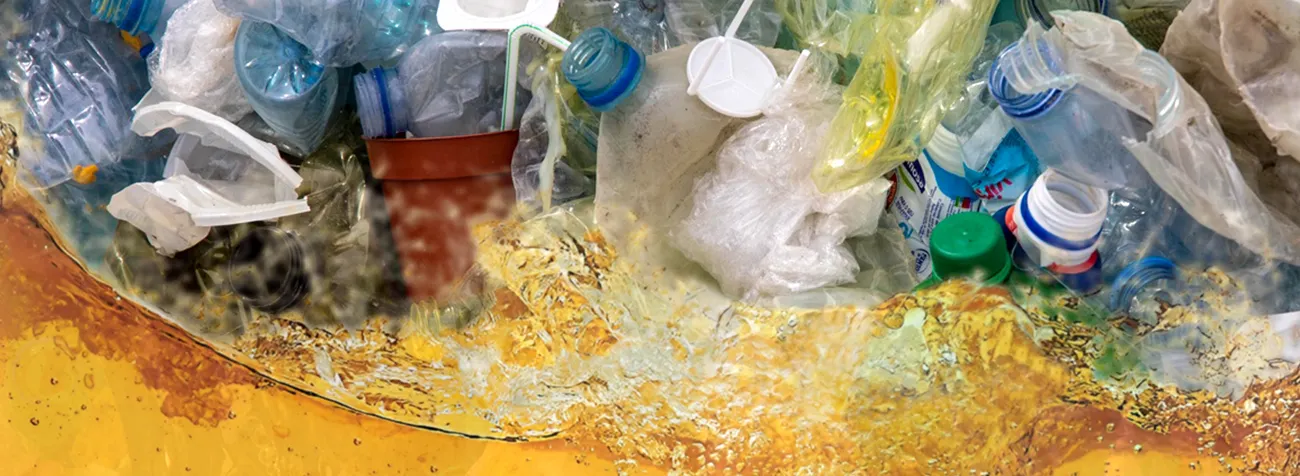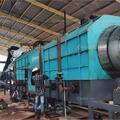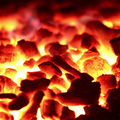Plastic pyrolysis is an advanced thermal process that breaks down polymers into valuable by-products such as oil, gas, and char. At the heart of this process is the phenomenon of polymer chain scission. This chemical mechanism plays a pivotal role in determining the quality of the products produced and the efficiency of the plastic pyrolysis plant. In this context, understanding polymer chain scission is crucial for optimizing plastic waste recycling and maximizing resource recovery.
The Role of Polymer Chain Scission
Polymer chain scission refers to the breaking of long polymer chains into shorter fragments during pyrolysis. Polymers, which consist of long repeating units of monomers, are relatively stable structures under standard conditions. However, when subjected to high temperatures in an anaerobic environment, these bonds begin to weaken and break apart.
The scission process primarily involves the breaking of covalent bonds between the monomer units in the polymer chain. This process leads to the formation of smaller molecules such as alkanes, alkenes, and aromatics. These smaller molecules are then further cracked, leading to the generation of various liquid and gaseous products, which can be used as fuels or chemicals. The extent of chain scission directly influences the yield and quality of the products produced by a plastic to fuel machine.

Thermal Degradation of Polymers
Polymer chain scission is influenced by the thermal degradation of the polymer material. As the plastic feedstock is heated in the pyrolysis reactor, the energy provided breaks the weak bonds between polymer chains, leading to chain scission. This process can occur in two ways: random scission and terminal scission.
In random scission, bonds throughout the polymer chain are broken, leading to a mixture of products with varying molecular weights. This typically results in a broad range of hydrocarbons, which can affect the efficiency of the pyrolysis process and the composition of the output products. On the other hand, terminal scission occurs when the bond breakage happens at the ends of the polymer chain. This type of scission tends to produce smaller and more uniform fragments, often enhancing the quality of the liquid and gaseous by-products.
The rate of chain scission is temperature-dependent. Higher temperatures tend to accelerate the breaking of polymer chains, leading to an increased production of lighter hydrocarbons. However, this must be carefully controlled, as excessive heat can cause the formation of undesirable compounds, such as carbon deposits and tars, which may clog the pyrolysis plant equipment or lower the yield of usable products.
Factors Affecting Polymer Chain Scission
Several factors can influence the efficiency of polymer chain scission during the pyrolysis process. The most significant of these are:
-
Temperature: The temperature at which the pyrolysis process occurs plays a crucial role in the extent of polymer degradation. Higher temperatures increase the kinetic energy of the polymer molecules, promoting more frequent and efficient scission events. However, excessively high temperatures can lead to over-cracking, resulting in the formation of gases with low molecular weight that are less valuable.
-
Feedstock Composition: Different plastic materials have varying chemical structures, which affect their susceptibility to polymer chain scission. For example, polyethylene (PE) and polypropylene (PP) tend to degrade more easily than polyvinyl chloride (PVC) or polystyrene (PS). Understanding the composition of the feedstock allows operators to adjust the pyrolysis parameters for optimal scission and product yield.
-
Reaction Time: The duration of the pyrolysis process also affects the extent of polymer chain scission. Longer reaction times generally result in more complete degradation of the polymer chains, leading to a higher yield of volatile compounds. However, extended processing times can also increase the risk of undesirable side reactions, such as the formation of tar and soot.
-
Catalysts: The introduction of catalysts can facilitate polymer chain scission, especially at lower temperatures. Catalysts such as zeolites and metal oxides can lower the activation energy required for the breakdown of polymer chains, leading to improved product quality and faster processing times. Catalytic pyrolysis also produces higher-quality liquid fuels by promoting selective bond cleavage and reducing the formation of solid residues.
Impact on Pyrolysis Products
The degree of polymer chain scission directly influences the composition of the products produced in the pyrolysis process. The primary output of plastic pyrolysis consists of three main products: liquid oil, gaseous fuels, and solid char. The distribution and quality of these products depend largely on how effectively the polymer chains are broken.
-
Liquid Oil: The oil produced during pyrolysis is primarily made up of hydrocarbons that result from the scission of polymer chains. More extensive scission leads to lighter, lower-boiling point fractions, which are more desirable as fuel. The quality of this liquid can vary depending on the type of polymer feedstock used and the pyrolysis conditions.
-
Gaseous Fuels: Gaseous products are produced when polymer chains are broken into smaller fragments that vaporize under heat. Higher temperatures and longer residence times generally result in a greater proportion of gases, which can be used for energy generation or as chemical feedstocks. The composition of these gases is influenced by the extent of scission, with smaller molecules such as methane and ethylene being more prevalent with increased degradation.
-
Solid Char: Char is the solid residue left after the pyrolysis process. While chain scission predominantly produces liquid and gaseous by-products, incomplete scission or lower pyrolysis temperatures can lead to the formation of higher amounts of char. Char quality and quantity can be influenced by feedstock type and the pyrolysis parameters used.
Optimizing Polymer Chain Scission
To optimize the pyrolysis process, operators need to carefully balance the factors that influence polymer chain scission. By selecting the right temperature, reaction time, and catalysts, it is possible to maximize the yield of valuable products such as bio-oil and gaseous fuels while minimizing the formation of undesirable by-products like tar and char.
A well-designed pyrolysis plant can improve the efficiency of polymer chain scission, ensuring that plastic waste is effectively converted into usable resources. Understanding the underlying mechanisms of chain scission and optimizing the process accordingly can significantly enhance the economic and environmental viability of plastic recycling efforts.




